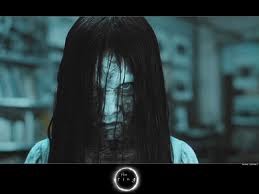After presenting our rough cut to our class we got feedback from 3 of the groups on how to improve our sequence we were given a set of questions that we needed to answer for each opening sequence the questions are as following:
1) How well have the technical areas been produced? (camerawork, editing, sound and mis-en-scene)
2) How well has the genre characteristics been used? can you identify the sub-genre?
3) What do you like about the rough cut?
4) How can they improve the rough cut and what criticism can you give the group?
The first set of feed back we got was:
Group 1 feedback:
1) - Good Sound - Dialogue and ambient sounds were clear.
- Location was good as the room was plain.
- Low key lighting may of added to the mysterious feel.
- Good use of make-up and costume.
- Camerawork could be more accurate.
2) The beginning of the rough cut is what gives the main characters of a thriller, it also helps to add
meaning and gives it an edgy feel. psychological thriller is easy to identify
3) The makeup and costume is what makes the rough cut professional and realistic, the acting was on
point.
4) To improve the rough cut you could keep the camera still whilst in the hall way,
different shots need to be used.
Group 3 feedback:
1) The camera work in the first shot is effective and professional however the second shot is wobberly
and the harsh lighting takes the attention slightly away from the actresses.
Good acting. The zoom is blurry and slightly unclear.
Good, effective, costume and makeup.
2) Psychological thriller is clear as we can see that the woman is confused about what's going on. The
mis-en-scene and camera work help to show the audience this genre as the characteristics are
realistic.
3) The original narrative. The setting is professional and matches well. Costume and paper work props
work well.
4) Camera work needs to be steady and focused, lighting could be improved.
Group 4 feedback:
1) Camerawork - good angles.
Sound - Nice sound, we like the police siren added.
Mis-en-scene - brilliant costume/make up and also good acting.
Editing - Smooth editing
2) Psychological thriller, is obvious because of make up and acting. Also back of 'patient' builds
enigmas, white costume implies mental institution.
3) We really like costume and make up. We are confused already and asking questions 32 seconds.
4) Some camerawork was a bit shakes (the zoom) more explanations as to why its 'her turn'
Make editing faster and a bit more slower at points.



























